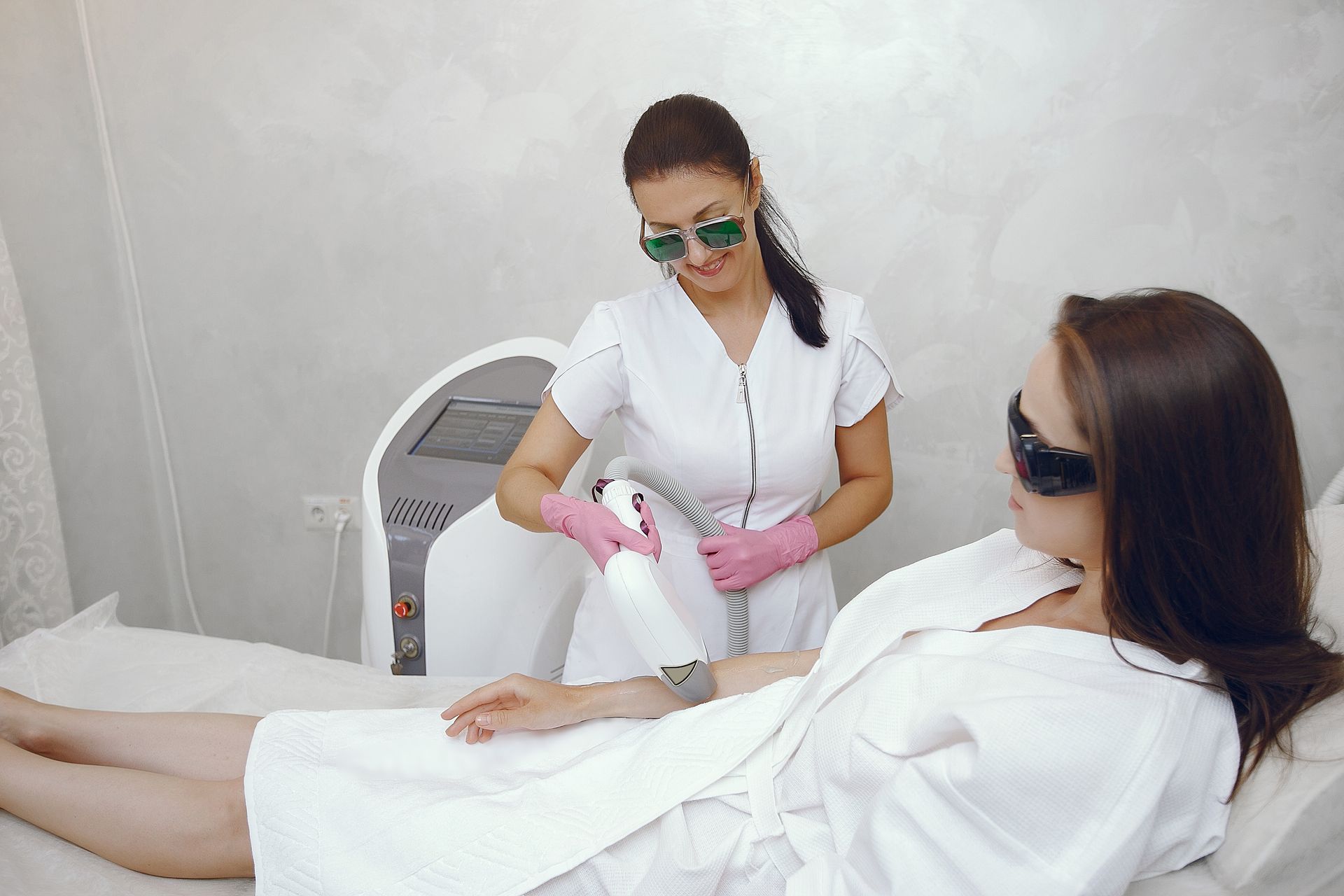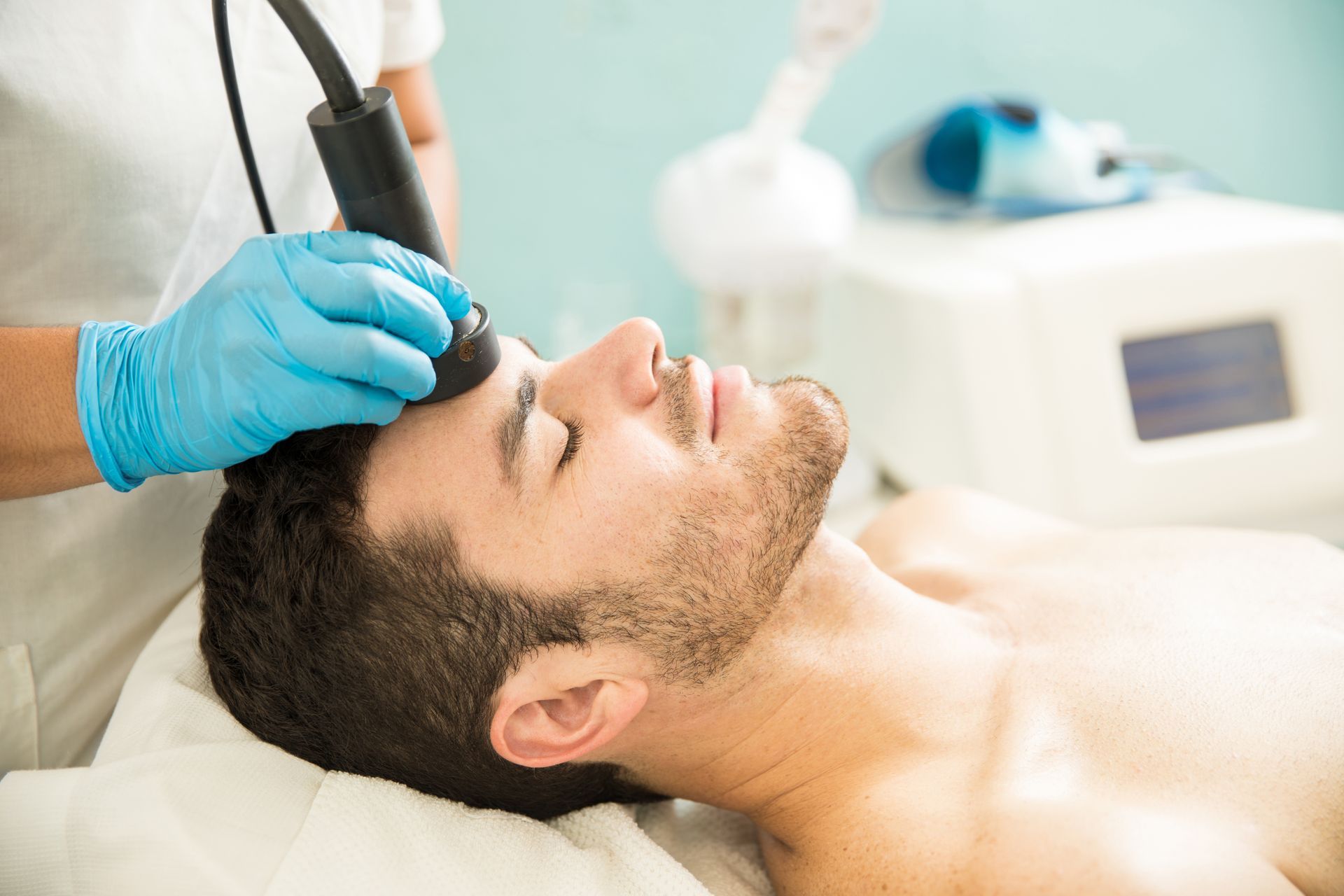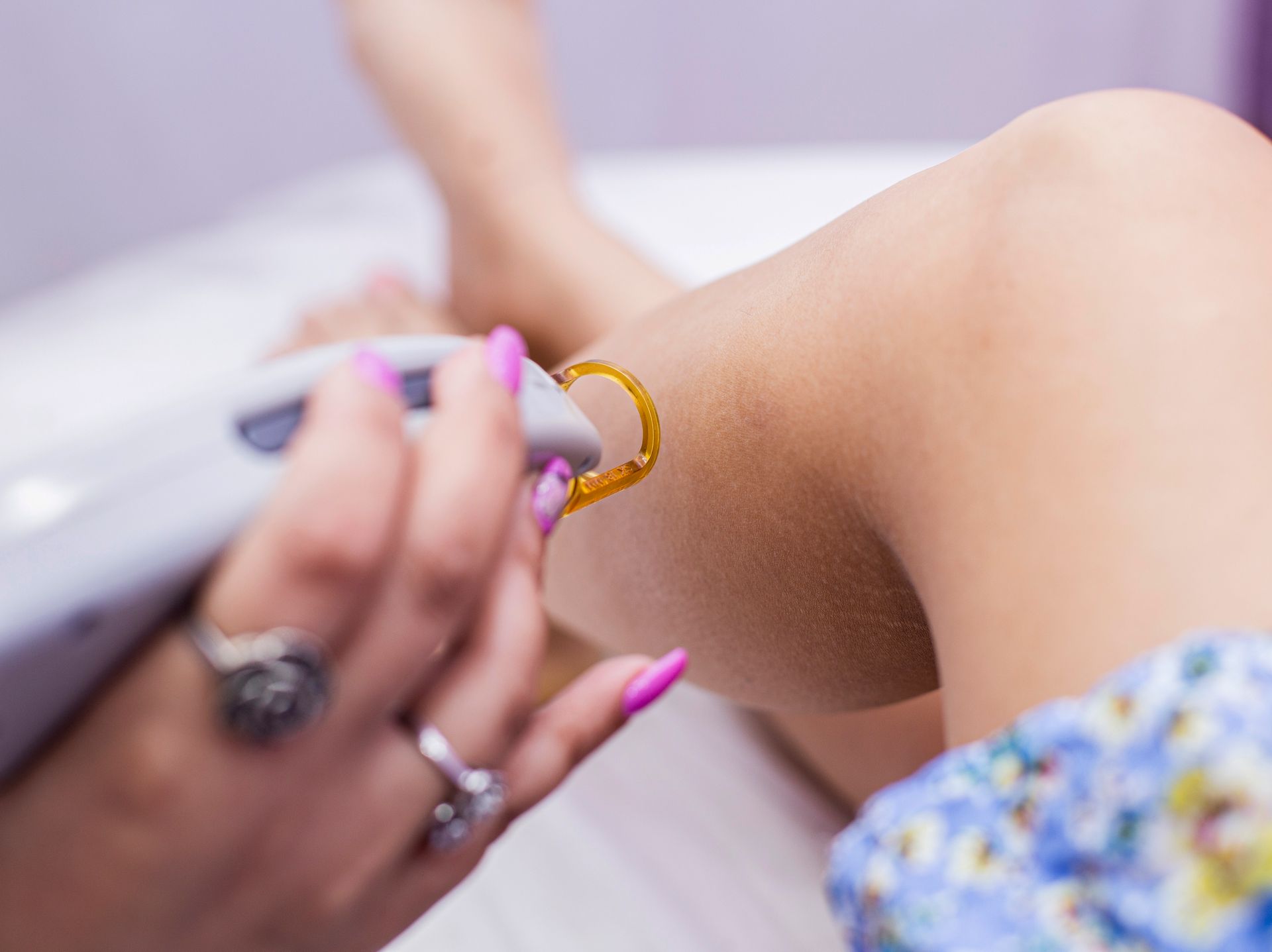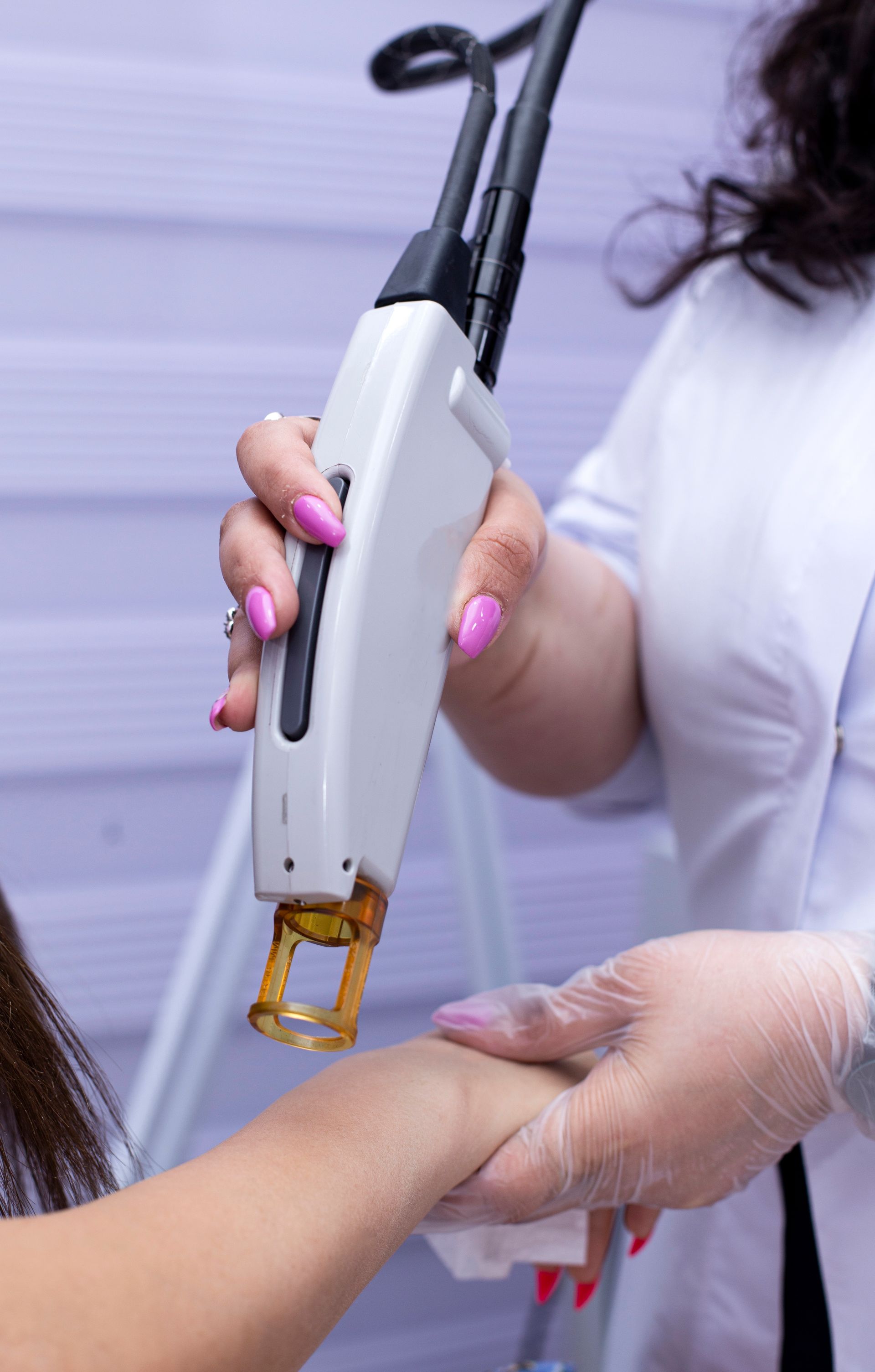Does Facial Hair Grow Back After Laser Hair Removal
Facial hair can be a persistent concern for many individuals, prompting them to seek solutions for long-lasting removal. Among the various methods available, laser hair removal has gained popularity for its effectiveness in reducing unwanted hair. However, a common question that arises is whether facial hair grows back after undergoing laser hair removal treatment. To address this query comprehensively, we delve into the intricacies of laser hair removal, shedding light on its mechanisms, efficacy, and the factors influencing hair regrowth. Understanding the dynamics of hair growth cycles is pivotal in deciphering the outcomes of laser hair removal treatments. Through this exploration, we aim to provide clarity on whether facial hair regrows post-treatment, empowering individuals to make informed decisions about their hair removal journey.
Explanation Of How Laser Hair Removal Works
Laser hair removal operates on the principle of selective photothermolysis, wherein concentrated light energy is absorbed by the pigment in hair follicles, leading to their destruction. The melanin in the hair follicles absorbs the light emitted by the laser, converting it into heat. This heat damages the follicle, inhibiting future hair growth. It's important to note that laser hair removal is most effective on dark, coarse hair, as the laser targets the pigment in the hair follicles. Lighter hair colors, such as blonde or grey, may be less responsive to treatment due to their reduced pigment content.
Factors Influencing Treatment Effectiveness
Several factors can influence the effectiveness of laser hair removal treatments. These include:
- Skin and hair color: Laser hair removal works best on individuals with light skin and dark hair, as the contrast between the skin and hair makes it easier for the laser to target the hair follicles without damaging the surrounding skin.
- Hair thickness and density: Thicker, coarser hair responds better to laser treatment compared to finer hair. Additionally, areas with denser hair growth may require more sessions to achieve desired results.
- Hormonal factors: Hormonal imbalances, such as those caused by conditions like polycystic ovary syndrome (PCOS), can affect hair growth patterns and may influence the effectiveness of laser hair removal.
- Treatment regimen: Consistency and adherence to the recommended treatment schedule are essential for optimal results. Multiple treatment sessions spaced several weeks apart are typically required to target hair follicles at different stages of the growth cycle.
Facial Hair Growth
Facial hair growth follows a pattern similar to that of hair growth on other parts of the body. The hair growth cycle consists of three phases: anagen (active growth phase), catagen (transitional phase), and telogen (resting phase). However, facial hair tends to have a shorter anagen phase compared to hair on other body parts, resulting in faster growth and a need for more frequent maintenance. Additionally, facial hair is influenced by hormonal factors, which may contribute to its growth patterns.
Facial hair differs from hair growth on other body parts in several ways. Firstly, facial hair tends to be thicker and coarser, particularly in areas such as
the chin and upper lip. Additionally, the growth rate of facial hair can vary among individuals and may be influenced by genetic factors, hormonal changes, and age. Unlike body hair, which may be more evenly distributed, facial hair growth patterns can vary, leading to areas of denser or sparser hair growth. Understanding these differences is important when considering laser hair removal treatments for facial hair, as they may impact treatment effectiveness and outcomes.
Does Laser Hair Removal Permanently Remove Facial Hair?
Laser hair removal is often sought after as a solution for long-term reduction of unwanted facial hair. However, there are common misconceptions surrounding its ability to achieve permanent removal. To address these misconceptions, it's essential to clarify the concept of permanent hair reduction versus permanent hair removal.
One common misconception is that laser hair removal provides permanent and complete removal of facial hair. While laser treatments can significantly reduce hair growth, achieving complete and permanent removal may not always be possible. Hair growth is influenced by various factors, and individual responses to laser treatment can vary.
Permanent hair reduction refers to a significant and long-lasting reduction in hair growth after multiple laser treatments. During each session, the laser targets hair follicles in the active growth phase, damaging them and inhibiting future growth. Over time and with consistent treatment, this results in a reduction in hair density and thickness. However, some hair follicles may remain dormant or enter new growth cycles, necessitating maintenance treatments to sustain results.
Factors Affecting Hair Regrowth
Influence of hormonal changes: Hormonal changes play a significant role in hair growth patterns and can affect the efficacy of laser hair removal on facial hair. Conditions such as polycystic ovary syndrome (PCOS) or fluctuations in hormone levels due to pregnancy or menopause may impact hair growth and response to treatment. It's essential for individuals undergoing laser hair removal to discuss any hormonal concerns with their healthcare provider to optimize treatment outcomes.
Individual variation in hair regrowth:
Hair regrowth following laser treatment can vary significantly among individuals. Factors such as skin and hair color, hair thickness and density, and genetic predisposition can influence the rate and extent of regrowth. Additionally, adherence to recommended treatment schedules and post-treatment care regimens can affect long-term results. While some individuals may experience prolonged periods of reduced hair growth, others may require ongoing maintenance treatments to manage regrowth effectively.
Individuals can make informed decisions about laser hair removal for facial hair by addressing
common misconceptions and understanding the factors that influence hair regrowth. It's essential to consult with a qualified healthcare provider to determine the most suitable treatment approach based on individual needs and goals.
Managing Expectations Regarding Results
It's crucial to manage expectations regarding the results of laser hair removal treatments, particularly for facial hair. While laser treatments can lead to significant reduction in hair growth, complete and permanent removal may not always be achievable. It's essential for individuals to understand that results can vary depending on factors such as hair color, skin type, hormonal influences, and individual responses to treatment. Setting realistic expectations ensures that individuals are not disappointed if they do not achieve complete hair removal after a single session.
Understanding The Need For Multiple Treatment Sessions
To achieve optimal results with laser hair removal, multiple treatment sessions are typically required. Hair grows in cycles, and laser treatments are most effective during the active growth phase (anagen). Since not all hair follicles are in this phase at the same time, multiple sessions spaced several weeks apart are necessary to target hair follicles in different stages of growth. Understanding the need for multiple sessions is essential for individuals undergoing laser hair removal, as it allows for realistic expectations regarding the timeline and outcomes of treatment.
Follow-Up and Maintenance
Follow-up treatments are essential for maintaining the results of laser hair removal over time. While initial treatments may lead to significant reduction in hair growth, some hair follicles may remain dormant or enter new growth cycles. Follow-up sessions help to target these remaining follicles, ensuring long-lasting results. Additionally, follow-up treatments allow healthcare providers to assess the effectiveness of previous sessions and make any necessary adjustments to the treatment plan.
In addition to follow-up treatments, there are several strategies individuals can employ to maintain the results of laser hair removal over time. This includes protecting the skin from sun exposure, avoiding harsh hair removal methods such as
waxing or plucking between sessions, and adhering to a consistent skincare routine. It's also important to communicate any changes in hair growth patterns or concerns with healthcare providers during follow-up appointments. By incorporating these strategies into their skincare routine, individuals can prolong the benefits of laser hair removal and achieve long-term hair reduction.
Alternatives to Laser Hair Removal
There are several alternative methods for removing unwanted hair, including waxing, shaving, tweezing, depilatory creams, and electrolysis. Each method varies in terms of efficacy, convenience, and duration of results. While laser hair removal is known for its long-lasting results, other methods offer temporary solutions. Waxing and tweezing provide immediate hair removal but require regular maintenance. Shaving is convenient but results in faster regrowth. Depilatory creams dissolve hair but may cause skin irritation. Electrolysis offers permanent hair removal but can be time-consuming and costly.
Consultation and Considerations
Before undergoing laser hair removal, it's crucial to consult with a qualified practitioner or dermatologist. They can assess your skin type, hair color, medical history, and treatment goals to determine if you're a suitable candidate for laser hair removal. Additionally, they can provide personalized recommendations and address any concerns or questions you may have.
Factors to consider before undergoing laser hair removal
Several factors should be considered before opting for laser hair removal, including:
- Laser hair removal is most effective on individuals with light skin and dark hair.
- Certain medical conditions or medications may affect treatment eligibility.
- Understanding the expected results and potential risks of laser hair removal is essential for setting realistic expectations.
- Laser hair removal typically requires multiple sessions spaced several weeks apart for optimal results.
Individuals can make informed decisions about their hair removal journey and achieve desired results by thoroughly researching alternative hair removal methods and considering important factors before undergoing laser hair removal.
Conclusion
Exploring alternative hair removal methods alongside laser hair removal considerations provides individuals with a comprehensive understanding of their options. While laser hair removal offers significant reduction in facial hair growth, achieving complete and permanent removal may vary depending on factors such as skin type, hair color, and hormonal influences. It's essential to manage expectations and consult with a qualified practitioner to determine the most suitable approach for long-term hair removal goals.
BOOK YOUR FREE SESSION










